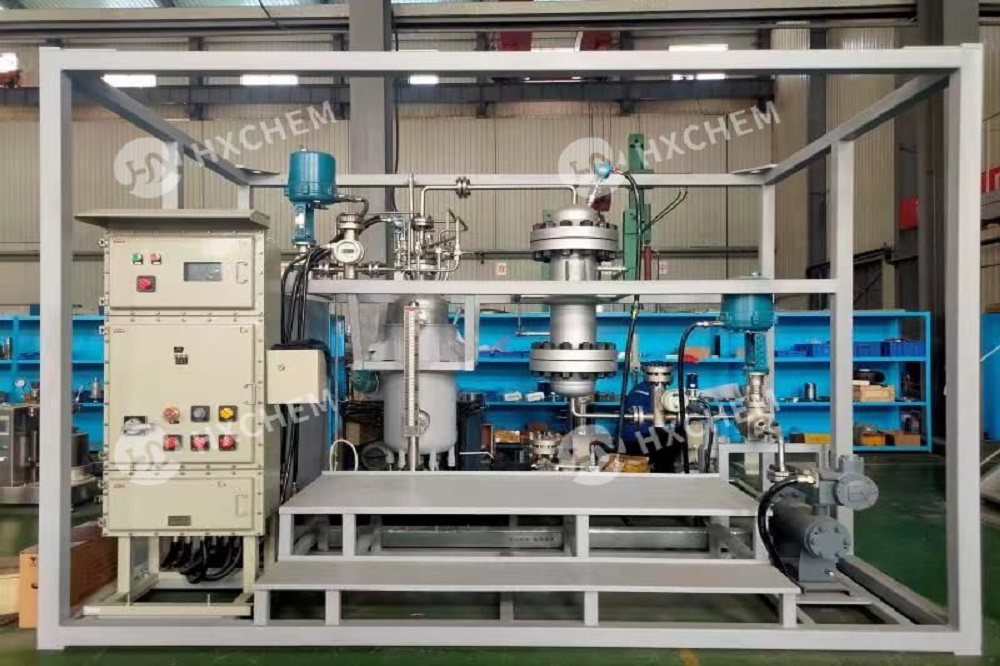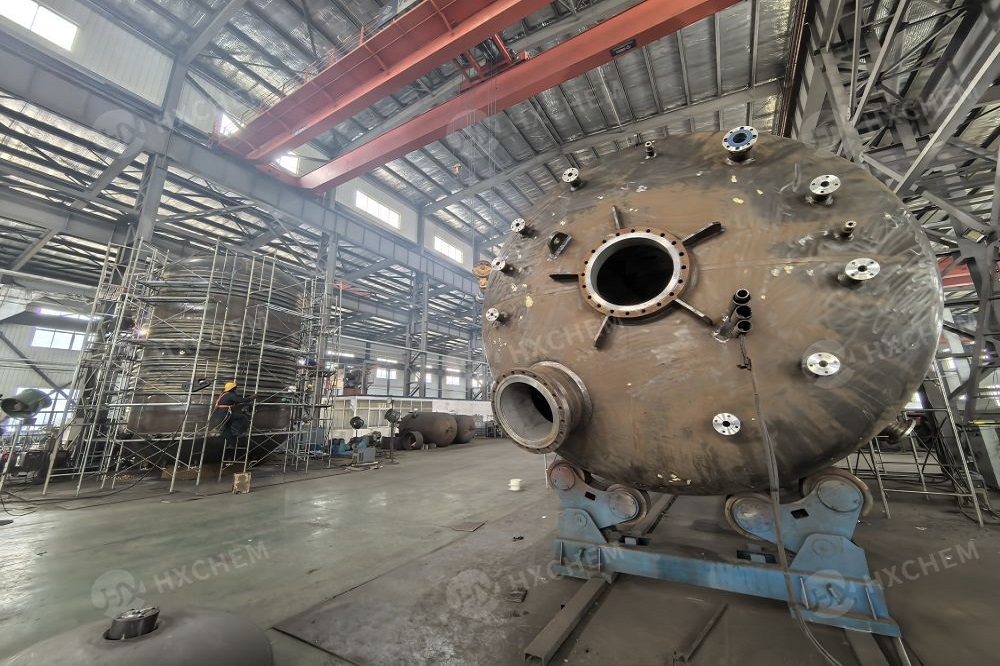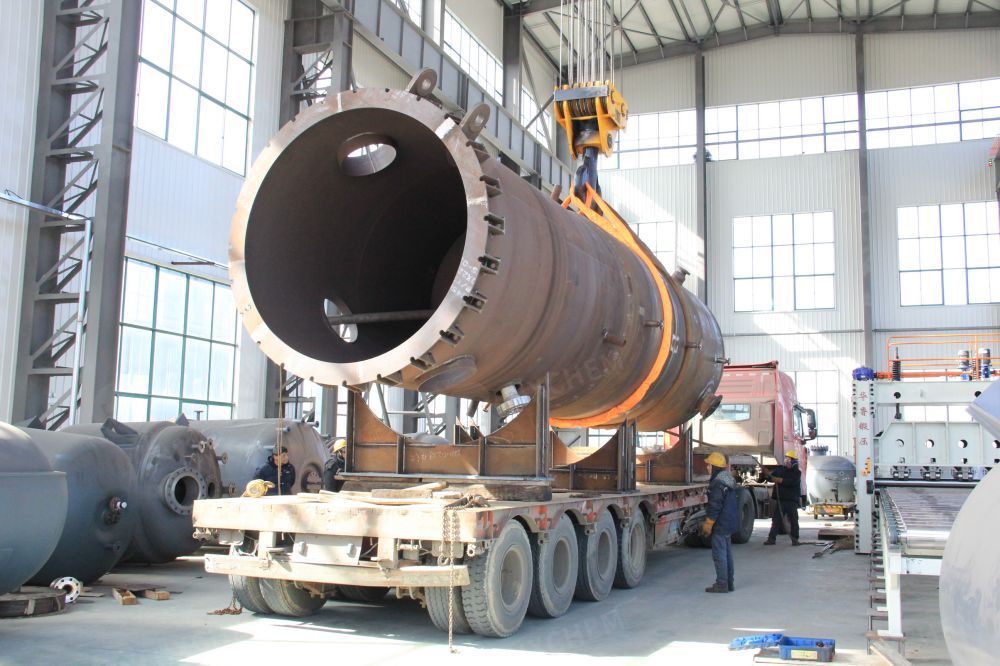Qual é o papel da indústria química em equipamentos de extração supercrítica
2020-03-05
Essa aplicação da industrialização de fluidos supercríticos prova que o dióxido de carbono supercrítico pode competir efetivamente com as indústrias tradicionais de meios de subsistência em preço. Outras aplicações de limpeza incluem limpeza de peças metálicas, máquinas de lavar louça comerciais e equipamentos de limpeza doméstica em geral.
Using supercritical carbon dioxide, replacing the current dyeing technology of organic solvents for environmental protection, wastewater treatment and the manufacturing cost, there are a lot of advantages. Because of supercritical carbon dioxide fluid, basically is close to gas, the characteristics of the reason for applied to replace the organic liquid, polyester fiber dyeing technology process, there will be no waste problems, it also includes the decline of industrial water, and hazardous industrial waste reduction. The advantages of economy, also includes the increase of production, reduce energy consumption, fiber dyeing technology industrialization application is successful, will enhance the dyeing technology in economic competitiveness, And technology to promote textile industrial process operation, more can effectively reduce the discharge of the wastewater and dyeing time, for the time, energy, environmental protection and cost level, is a big step forward. Therefore, supercritical fluid dyeing technology, will be more efficient, more economical, more environmentally friendly new process. Supercritical fluid dyeing technology research in engineering institute chemical, will lead the new cradle of chemical industry into the era of green chemistry.
Dióxido de carbono supercrítico, fornece o solvente orgânico tradicional usado outra opção. Além das vantagens em proteção ambiental, para controle de temperatura, pressão, vazão, concentração de reagentes e variáveis de reação como controle, que controla a reação em si mais facilmente, devido ao fácil controle da operação e ao aumento da ividade relativa e do rendimento da reação . Portanto, a reação em si pode, em menos tempo e espaço para reduzir o custo de investimento em equipamentos, também é uma grande contribuição, para alguns dos reagentes com menor solubilidade do próprio material fluido de dióxido de carbono, a principal tecnologia para superar esse ponto é que a formação de partículas de emulsão (micela), e seu uso no fluido co2, onde a aplicação mais notável é a duplicação '
For semiconductor wafer polishing etching resistance material and residual material, has been without an effective chemical method to remove, generally must cooperate with several different methods and equipment, such as plasma ashing (Plasmaashing) and wet or dry cleaning, in order to achieve the requirements of the product's quality, the existing wet cleaning method is the use of corrosive sulfuric acid, hydrogen peroxide or organic solvent mixture, these traditional methods will produce large amounts of organic waste liquid, the great impact on the environment. Therefore including famous LosAlamos belonging to the U.S. department of energy national laboratories and other research institutions in various countries, Is also active in the development and utilization of supercritical carbon dioxide treatment technology, to remove the light on the semiconductor wafer resistance material, processing method using the supercritical fluid technology, can effectively in a single cleaning trough, remains on the semiconductor wafer cleaned of impurities, as a result of surface tension and viscosity of supercritical fluid is very low, so it can effectively and quickly, the cleaning solution to below 0.18 mu m fine organization structure, for now, the material removal and its derivatives, the same can be a lot of use, to reduce the harmful solution and reduce the production of waste water, it is more important is to simplify the process and increase production.
Além disso, as seguintes indústrias químicas começaram a usar a extração supercrítica de CO2 para reduzir a produção de poluentes no processo de produção:
A. Remoção de resíduos de óleo.
B. recuperação de petróleo e regeneração de óleo lubrificante.
C. Separação de hidrocarbonetos e extração de óleo liquefeito de carvão.
D. Tratamento de resíduos líquidos contendo substâncias refratárias.
Os artigos vêm da Internet.




![Saudações de Ano Novo da [HXCHEM] – Seu Parceiro de Confiança em Reatores Químicos](https://img.waimaoniu.net/1796/1796-202512310900049085.png?x-oss-process=image)